A year ago I removed the lawn in my front yard and replaced it with a drought tolerant garden and a swale. I wrote about the process and everything that went in to it.
This is what it looked like before:
Here is what it looks like today:

Initially, the plants seemed entirely too small for the space, but after a year of growing we’ve found the large spaces we had initially, filled in well after winter rains. We had reservations about the ground cover between the flagstone patio, but now it’s growing into the swale!
The front yard has been planted with a lot of ornamental plants and some Rosemary which we use for cooking. As you compare photos, you can see the Rosemary has exploded in size. Believe it or not, we trimmed it back pretty good in February – discarding nearly $50 worth of product if we were to sell it at the local supermarket.
With our El Niño rains, the swale held up as it should have. Most of the water from the roof went to the swale and by design into the ground. While walking on the brown wood-chipped area in the middle of February, I found the ground was borderline soggy. Every step left impressions on the ground. While I was worried I had over-saturated the ground, I’m finding its OK. The plants love all the moisture and have rapidly grown in the previous few weeks.
If I brush the wood-chips to the side and stick my finger in the ground it is very wet. I’ll use this method in April and May while I wait for a good time to even think about hauling recycled water. As of right now, by diverting the downspouts from the roof to the swale, irrigating the yard isn’t even on the horizon.
This falls directly in line with the teachings of Joshua Burman Thayer of Native Sun Gardens. In an email to RecycledH2O, Joshua said “by shaping the contour of the property to catch and store rainwater” we can use the moisture to reduce our irrigation needs. “This prolongs the wet period, so that clients don’t need to turn on their drip irrigation until May, rather than April.”
In comparison, I look at my neighbors who plumbed all their downspouts to the street and they’re watering the yard a few days after it rains, as the ground is dry.
If you’re anything like me and you drink coffee, what do you do with the used coffee grounds? I’ve been putting mine around the plants in the front yard. The nitrogen from the used beans have provided a boost of life to some of the plants. As you can see in this photo, the plants in the foreground are bursting with life. We’ll definitely be trimming these back. Used coffee grounds in the garden really does make a difference.
Is a garden a lot of work?
As far as maintenance goes – we’ve spent less than an hour in the past four months doing yard work. Yard work includes trimming the lavender and rosemary bushes with some sheers and removing the dead plant material. Compare this to how much time someone could have spent mowing a lawn in the same space.
A drought tolerant yard definitely has its advantages – reduced labor costs to up-keep, reduced irrigation & water requirements, reduced gas (and pollution) usage from running mechanical equipment. The garden draws nature in (honey bee’s, humming birds) and public intrigue from people walking on the street. The only negativity that we find is… well there is none.
The yard performs well on recycled water, I’ll utilize the swale again for quickly putting the water into the ground this summer. Generally speaking however, the water requirements for the yard are so low, I really don’t need to haul recycled water. I just do it for fun. 🙂

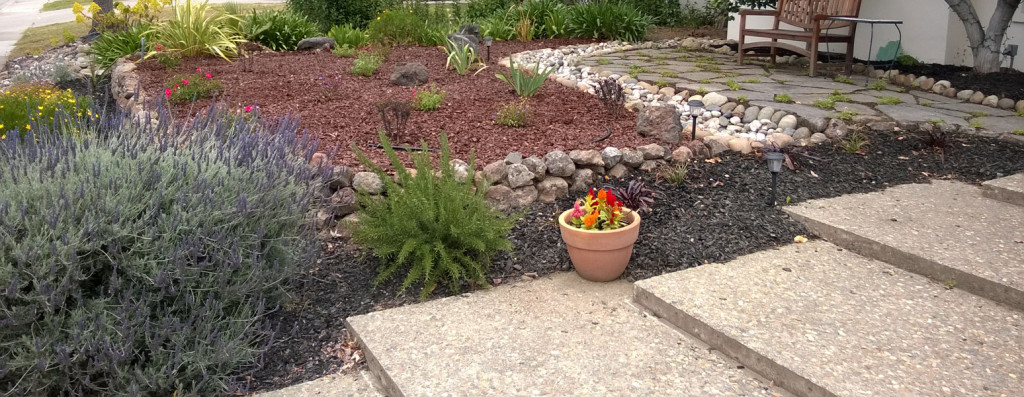
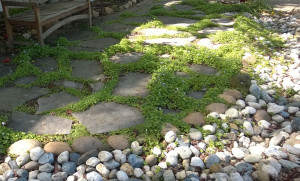
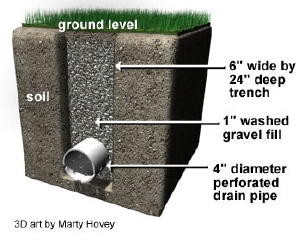
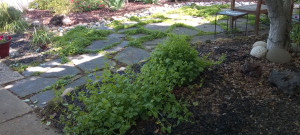
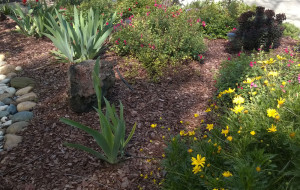


0 Comments
1 Pingback